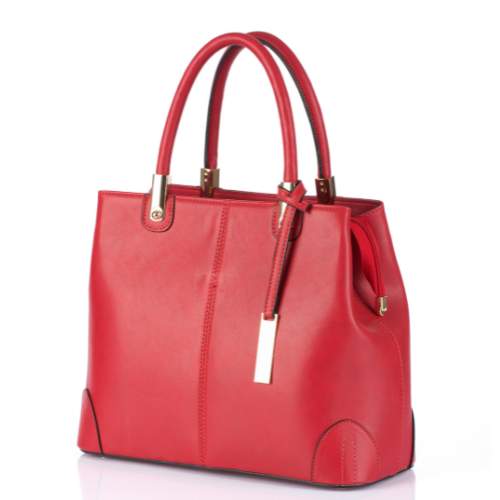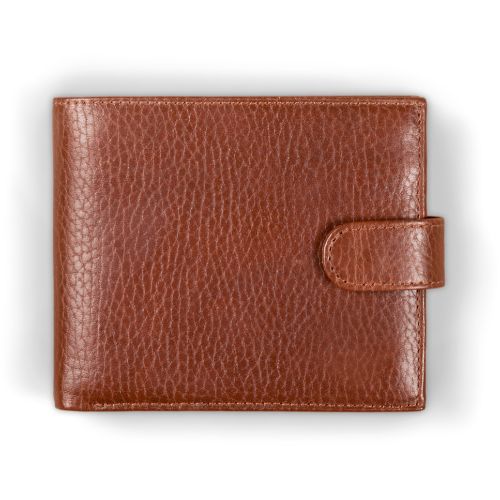BLOGS
What Is Leather Made Of? The Journey Of Hides To Elegance
With its rich history and timeless appeal, leather has been a staple in human civilization for centuries. This versatile material has found its way into various aspects of our lives, from fashion to furniture. But have you ever wondered what leather is made of and how it transforms from raw hides to the supple, durable material we know and love? Let’s embark on a journey through what leather is made of—the intricacies of leather production.
What is Leather Made Of: A Symphony of Animal Hides
The primary sources of animal hides contribute to the diversity of leather products we encounter daily. Cattle, accounting for a staggering 69%, take the lead, followed by sheep at 13%, goats at 11%, and pigs at 6%. Each type of hide brings unique characteristics, influencing the leather’s final texture, strength, and appearance. These are the resources in which Leather is made of.
How is Leather Made? Unraveling the 5 Process Step by Step
1- Cleaning (or Beamhouse):
The journey begins with the meticulous cleaning of raw hides. This process, known as beamhouse, involves the removal of hair, flesh, and other impurities. The goal is to create a clean canvas for the subsequent stages.
2- Tanning:
Tanning, a critical step, prevents the decomposition of the cleaned hides. Commonly, tanning agents such as vegetable tannins or chromium salts are employed. This stage stabilizes the collagen fibers within the hide, transforming it into a more durable material.
3- Retanning (or Wet End):
To enhance the leather’s characteristics, it undergoes retanning. This step involves introducing additional agents to achieve specific properties like color, softness, and resistance to water.
4- Milling:
The leather is subjected to milling, which involves tumbling it in drums to improve flexibility and softness. This step also contributes to the uniformity of the material.
5- Finishing:
The final touch involves applying finishing touches to the leather. This can include dyeing, polishing, and coating to achieve the desired color and texture.
You would also like to visit our leather bag collection
What are the Main Types of Leather? Exploring the Diversity Within
Aniline Leather:
Celebrated for its natural appearance, it retains the hide’s original surface, showcasing its unique marks and characteristics.
Buffed Leather:
Also known as corrected-grain leather, buffed leather undergoes a sanding process to remove imperfections, resulting in a smooth and uniform surface.
Full Grain Leather:
This premium leather maintains the original grain, offering a luxurious, durable material that ages beautifully.
Nubuck:
Nubuck is a top-grain leather that undergoes sanding or buffing to create a soft, suede-like texture. It is prized for its velvety feel.
Suede/Split Leather:
Suede is crafted from the inner layer of the hide, providing a soft and pliable material, while split leather is derived from the outer layer and is often used in more robust applications.
Where is Leather Made? Unveiling Global’s 5 Leather Production Hubs
Leather production is not confined to specific regions but thrives in a global network of craftsmanship and industry. By volume, the top 5 leather-producing countries play a pivotal role in shaping the market and satisfying the world’s insatiable demand for this cherished material.
1- Italy: The Epitome of Artistry and Tradition
Italy stands as a beacon of artistry and tradition in the leather industry. Renowned for its unparalleled craftsmanship, Italian leather is synonymous with luxury and quality. The country’s commitment to traditional tanning methods and attention to detail cements its position as a global leader in leather production.
2- China: Mass Production and Innovation
China, a manufacturing powerhouse, takes center stage in leather production on a massive scale. Leveraging advanced technology and innovation, China caters to a diverse range of leather goods, contributing significantly to the global market. The sheer production volume reflects the country’s prowess in meeting worldwide demands.
You would also like to read our blog: What is an carry on bag?
3- United States: Innovation Meets Sustainability
The United States combines innovation with a growing emphasis on sustainability in leather production. With a focus on eco-friendly practices, the U.S. leather industry continues to evolve, producing high-quality leather while minimizing its environmental footprint.
4- Brazil: Rich in Raw Materials and Expertise
Brazil’s vast agricultural landscape provides abundant raw materials for the leather industry. Brazilian leather is celebrated for its robust quality and boasting a rich heritage in cattle farming. The country’s commitment to ethical and sustainable practices positions it as a critical player in the global leather market.
5- India: Diverse and Versatile Production
India’s diverse culture and rich history translate into a varied approach to leather production. India offers a broad spectrum of leather products, from traditional methods to modern techniques catering to domestic and international markets. The country’s versatility in leather manufacturing makes it an essential contributor globally.
Final Verdicts: From Pasture to Product – The Marvels of Leather Production
As we conclude our exploration into the world of leather, WHAT IS LEATHER MADE OF? This material is more than just a by-product of animal farming. It results from a meticulous and sophisticated process that transforms raw hides into diverse products that touch our lives daily. The journey from pasture to product is a testament to the art and science behind leather production, a craft that continues to evolve and captivate us through the ages.








